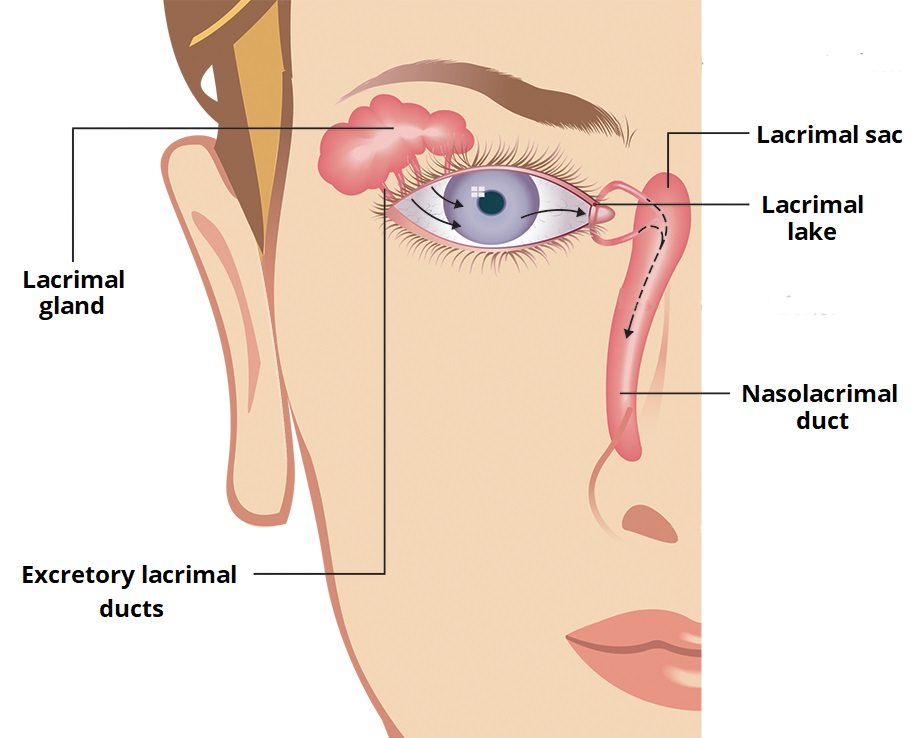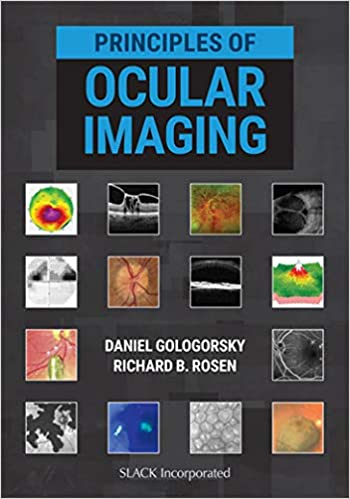Se han informado varios casos en los medios y en la literatura médica sobre la propagación del coronavirus a través de los ojos. Varios de mis pacientes me han preguntado, "¿Cómo es esto posible?"
¿Cómo es esto posible?
El sistema de defensa del ojo
El ojo tiene un mecanismo de defensa física robusto contra el mundo exterior contaminado.
Primero, al igual que el resto del cuerpo, el ojo tiene una "capa de piel" que lo protege del mundo exterior contaminado. Esta capa delgada (llamada conjuntiva) protege físicamente el ojo de la mayoría de los contaminantes.
En segundo lugar, el ojo está protegido con lágrimas, producido por la glándula lagrimal y drenado a través del sistema de drenaje lagrimal (hacia la nariz), para eliminar los gérmenes incidentales en la superficie del ojo.

Cuando el sistema falla
La mayoría de los virus y bacterias se introducen en el ojo a través del tacto o frotando, pero la mayoría no cruza la barrera conjuntival y son eliminados, lavados por las lágrimas y drenados de la región del ojo.
Pero a veces un virus o bacteria causa una infección ocular local, una conjuntivitis. Esto se conoce coloquialmente como un "ojo rosado", que aparece rojo, siente picazón y produce una secreción acuosa o purulenta.
Del ojo a todas partes
Una vez que el virus está en el ojo, el virus puede transmitirse del ojo al resto del cuerpo a través del mecanismo que discutimos anteriormente, las lágrimas.
Imagine que una persona le da la mano a una persona infectada y luego se frota el ojo. ¡El virus se expulsa de la superficie del ojo a través de las lágrimas, que se drenan a través del punctum y el sistema nalolacrimal y se liberan en la nariz!
Entonces, el virus se encuentra en la mucosa nasal y en la orofaringe (la garganta), donde se reproduce favorablemente e infecta el resto del cuerpo.
Nota al margen: este mecanismo de absorción a través de las lágrimas es la razón por la cual un oftalmólogo astuto preguntará a sus pacientes con glaucoma si tienen o no antecedentes cardíacos o pulmonares antes de prescribir "gotas para los ojos", ya que todos tienen absorción sistémica a través de este mecanismo.
Mantente a salvo
Los ojos son un modo de entrada que a menudo se pasa por alto para cualquier virus o bacteria. Durante la era de COVID-19, además de ponerse máscaras y guantes, es esencial evitar tocarse la cara y frotarse los ojos.

